CHINA! STOP KILLING OUR RHINOS FOR SEX & MEDICINE!
Killing Rhinoceros (Rhino's) for Medicine and Aphrodisiacs
The demand for rhino horns in Asian countries, mainly China and Vietnam, is driving rhino poaching.
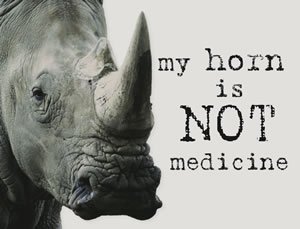
Status, Criminal Poaching Gangs and Poverty
Rhino horn is utilized in Traditional Chinese Medicine, but it's also becoming more popular as a status symbol for displaying riches and accomplishment. Poaching is becoming a danger in all rhino range nations, but South Africa is being heavily targeted because it is home to the majority of rhinos in the world. Anti-poaching activities are becoming more important than ever for field programs.
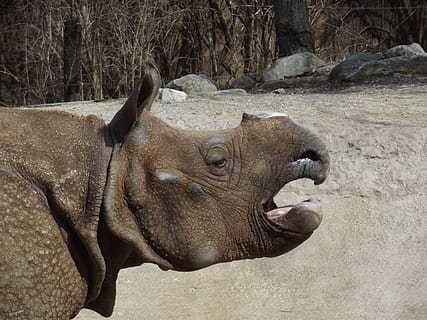
International criminal groups are now supplying poachers with sophisticated equipment to track and kill rhinos. A tranquilizer pistol is frequently used to put down a rhino before its horn is chopped off, causing the rhino to wake up and bleed to death slowly and painfully. Poachers are frequently armed with rifles, making them extremely dangerous to anti-poaching teams who risk their lives to preserve rhinos.
The current scarcity of rhinos, as well as the sporadic supply of rhino horn, is driving up the price of horn, putting even more pressure on dwindling rhino populations. The potential to transform one's life by killing an animal they don't value is overwhelming for those whose annual income is often well below the subsistence level.
What is a Rhino horn?
The anatomy of rhino horns is comparable to that of horses' hooves, turtle beaks, and cockatoo bills. They're constructed of keratin, which is chemically complicated and comprises a lot of sulphur-containing amino acids like cysteine, as well as tyrosine, histidine, lysine, and arginine, as well as the calcium carbonate and calcium phosphate salts.
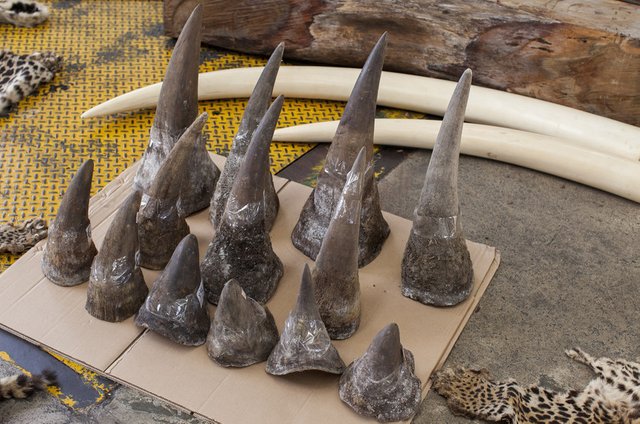
Traditional Chinese Medicine
Rhino horn has been used in Chinese medicine for almost 2,000 years, according to traditional Chinese literature such as Li Shih-1597 chen's medical classic "Pen Ts' ao Kang Mu," and is used to cure fever, rheumatism, gout, and other ailments. The horn is also said to be able to treat snakebites, hallucinations, typhoid, headaches, carbuncles, vomiting, food poisoning, and "demon possession." It is a popular misconception that it is prescribed as an aphrodisiac, however, this is not the case.
When the horn is used, it is shaved or ground into a powder, then dissolved in hot water and eaten.
“It is not evident that rhino horn has any therapeutic purpose whatsoever,” stated Richard Ellis, author of “Tiger bone and rhino horn,” for the EAZA Rhino Campaign's Info Pack in 2005: “But it is a testament to the force of tradition that millions of people believe it does.” Of all, if individuals choose to believe in prayer, acupuncture, or voodoo as cures for their ailments, there is no reason why they shouldn't, but if animals are being slaughtered for nostrums that have been proven to be ineffective, there is a compelling argument to restrict rhino horn use. With the exception of one subspecies of African White rhino, all five species of rhinoceros are threatened with extinction because of their horns. Rhinos have existed for millions of years, but Dr. H. Spaiens has put them in a situation from which they may never recover. It's distressing to realize that rhinos are being wiped off the face of the planet in the name of treatments that are most likely ineffective.”

Aphrodisiac
In Western countries, rhino horn is said to be utilized as an aphrodisiac and sexual stimulant, although this is not the case, and Western media appears to have misread or misrepresented the situation. People in Vietnam, however, are coming to believe this rumor as they consume it for new reasons, according to studies.
Rhino horn is one of the mainstays of Traditional Chinese Medicines, even if it lacks aphrodisiac effects, and its collecting has resulted in the deaths of tens of thousands of rhinos around the world.
It is true that those who use rhino horn to treat medical conditions believe it works. That is what fuels the demand that the poachers feed off of. “For practitioners of traditional Asian medicine, rhino horn is not viewed as a frivolous love potion, but as an indispensable pharmacological necessity,” Ann and Steve Toon wrote in 2002.
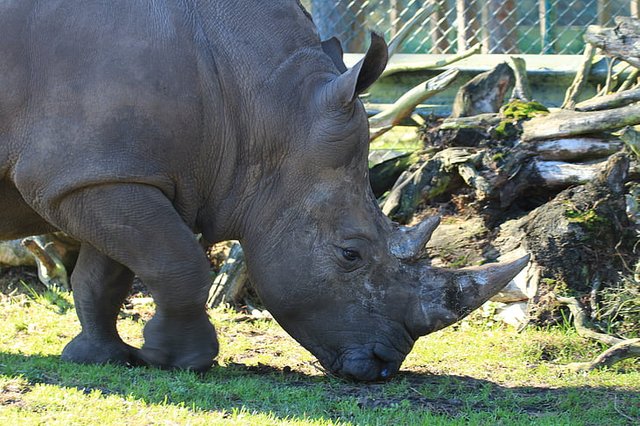
Vietnam has new uses for rhino horns.
The demand for rhino horns has recently increased in Vietnam. According to a survey conducted by TRAFFIC in 2013, customers buy rhino horn for emotional reasons rather than therapeutic reasons, as it validates their social status among their peers. These customers value image and prestige since they are typically well-educated and wealthy individuals with a large social network who have no passion for nature. Rhino horns are often purchased solely for the aim of gifting them to others, such as family members, business associates, or persons in positions of power.
TRAFFIC identified three main consumer groups.
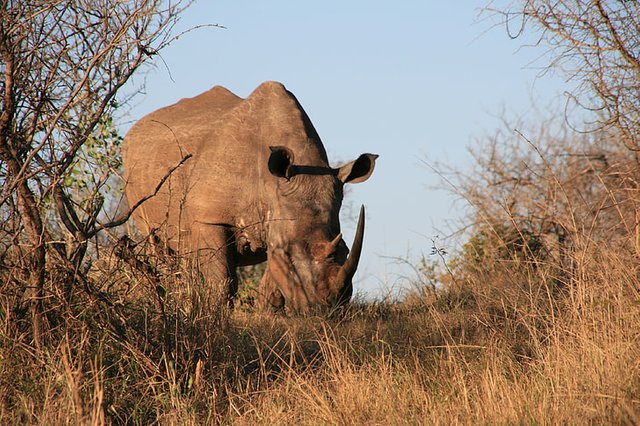
Trade
Since 1977, the CITES (Convention on International Trade in Endangered Species of Fauna and Flora) has prohibited the international trade in rhino horn. After a legal struggle to lift the ban in 2017, rhino horns can now be traded domestically (inside the country) in South Africa. Within the country, there are calls to legalize the worldwide commerce in rhino horn.